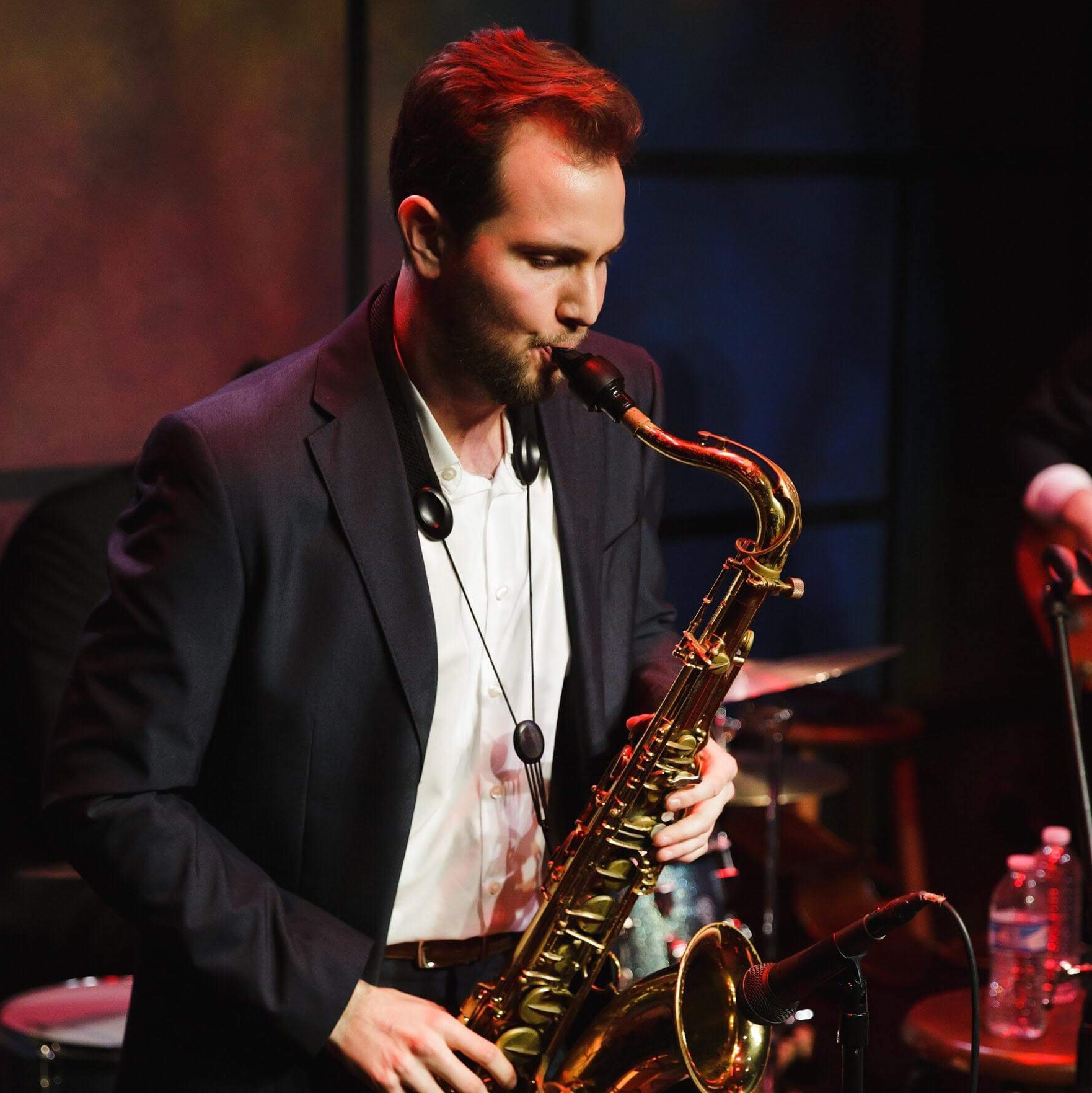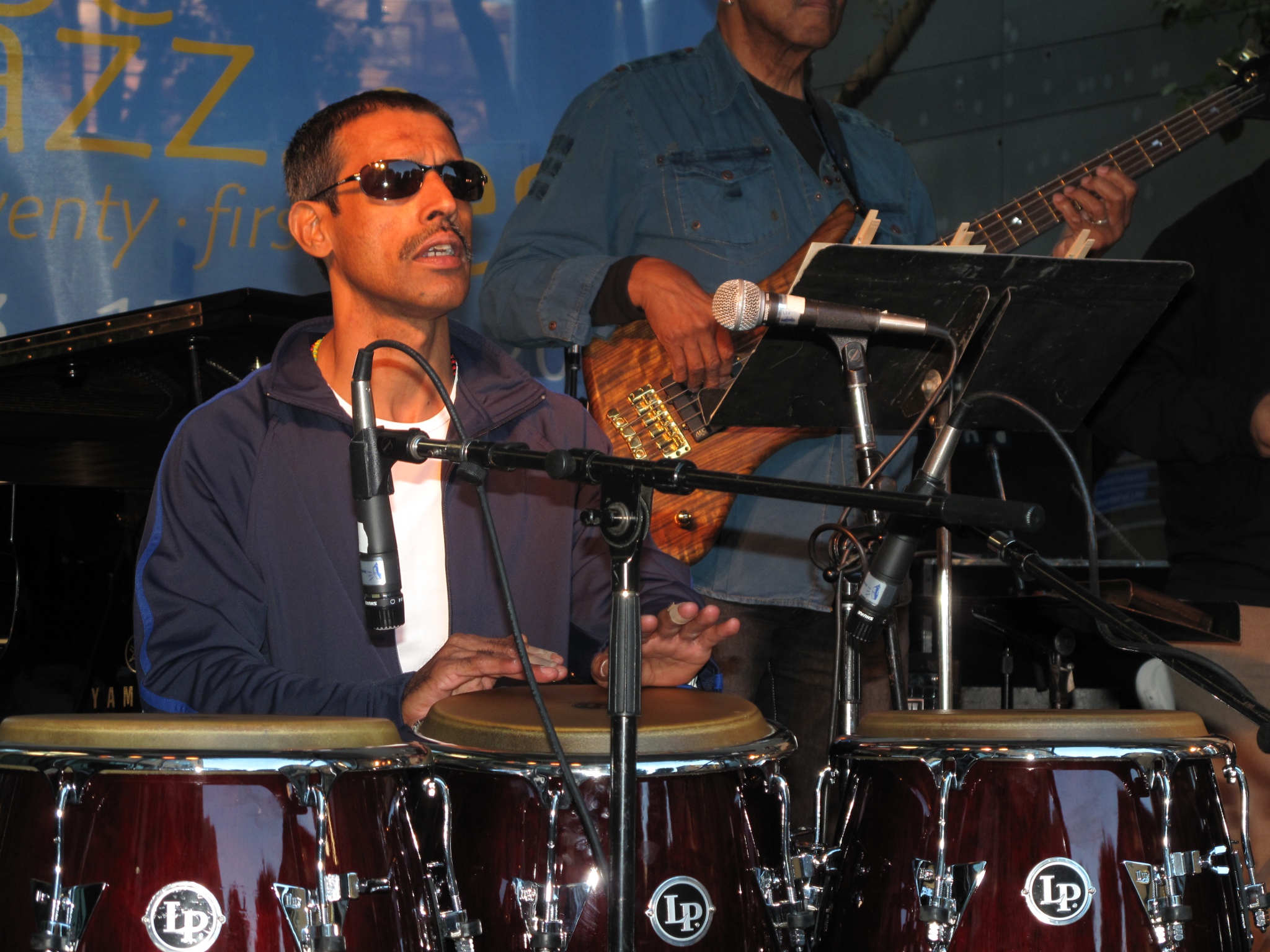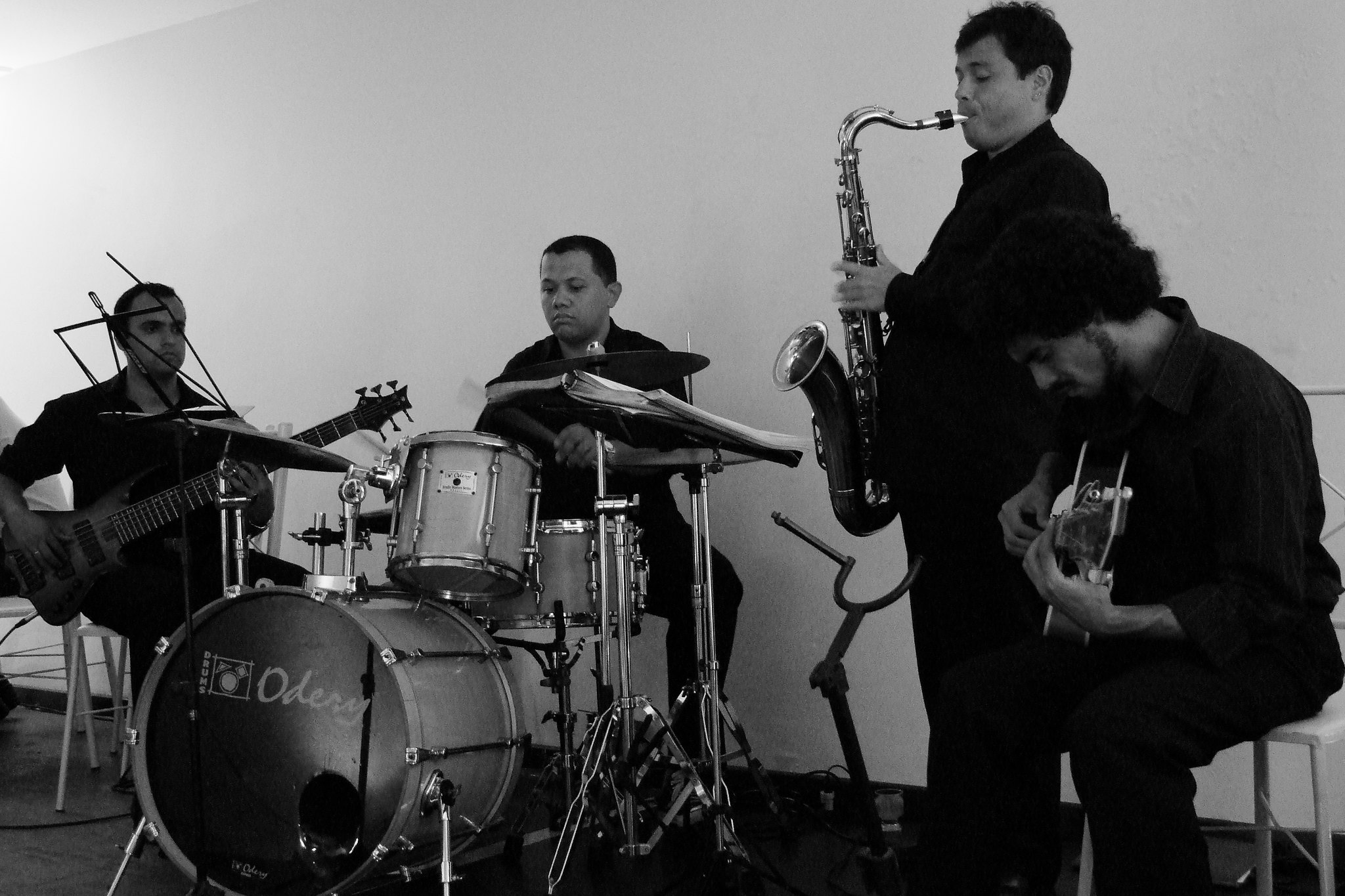When the layman is asked about jazz, the unfortunate truth in most cases is that they only think of two different types of jazz. Either A) the smooth jazz music of Kenny G, or B) the avant-garde music that originated in the 50s.
Admittedly, most people would think of those two styles because they both have such distinct sound and made large impressions on the audiences in their heydays for totally different reasons: smooth jazz for its attempt to reconnect with the audience members, and avant-garde for essentially the opposite.
Why though did the avant-garde jazz style try to break from the audience? What did the audience do to deserve such treatment?
Avant-Garde Influences
The avant-garde style of jazz was just one derivative some musicians took that stemmed from the Bebop mentality of the 40s and 50s. This was a development in jazz in which the music no longer was meant to get people out of their seats to dance and instead became music written by and for musicians.
While this meant the spotlight being put on amazingly skilled and original artists, this turn to "art for art’s sake" mentality signaled the beginning of the end for jazz as the dominant popular music.
Secondly, this style of music was developing right alongside the Civil Rights movement and consequently was heavily steeped in the ideas that came with it: celebrations of Black individuality, originality, and the desire to turn the traditional audience/performer relationship on its head.
Finally, avant-garde jazz is often lumped in with the free jazz subgenre. On the surface this makes sense as they both can sound fairly similar, what with their lessened importance on traditional harmony and typically more aggressive sound. However, The most important difference between the two is avant-garde’s inclination to keep some limitations, such as key center and a general “gameplan” amongst the bandmates, while the free jazz artists are bound by no such limitations; some recordings have gone as far as separating the instruments from each other and panning the recordings of each to either the left or the right during stereo listening.
Cecil Taylor
The beginnings of avant-garde jazz music can be heard during the late 50s from a variety of musicians looking to expand the horizons of their music. One such musician was pianist Cecil Taylor.
Taylor’s playing was described as having, “ no influences detected in his playing… on-one could truly absorb [his] style and performance” and his style of composition and improvisation style was extremely energetic and physical. This led to his music being very complex, most often containing note clusters and even poly-rhythms.
Released on his first album, “Jazz Advance”, Cecil’s first foray into the avant-garde was simply entitled “Song”
Lennie Tristano
An incredibly important figure in the modern jazz zeitgeist, Lennie Tristano has recently gone from being one of the most underrated and underground avant-garde jazz musicians to one of the most popular figures in jazz for college musicians to study.
His particular brand of jazz is perfect for the blooming jazzer to begin to expand their ears. It was very often unpredictably written contrafacts (a new melody written over old chord progressions) including reharminizations and non-traditional melodic lines.
One particularly famous avant-garde original that would go on to act as one of the gatekeepers to jazz mastery (alongside Giant Steps, Stablemates, and more) was his tune “317 East 32nd Street”
Sun Ra
If there was one artist who best encompasses the spirit of avant-garde, it would certainly be the keyboardist Sun Ra. One of the most eclectic and musically distinct musicians of his era, Ra would set the tone for generations to come.
His passion for writing poetry, believing in a “cosmic” philosophy, and his prolific output of some of the best avant-garde jazz albums, all served to enhance his position in the avant-garde jazz world as the heart and soul of the movement.
One iconic tune that he recorded was Sun Song, a clear work in the avant-garde style that uses specific rhythms and instrumentation to give you (or at least me) a strong sense of musical vertigo.
Ornette Coleman
Avant-Garde and free jazz often get confused for each other even though they adhere to different mindsets and rules; this is largely due to the influence of one Ornette Coleman. One of the founders of the free jazz movement, Ornette actually started off his career as an avant-garde artist, working often with Don Cherry, Charlie Hayden, and Billy Higgins.
He was heavily influenced by the blues and this influence could be heard clearly in all of his early recordings including on one of his most well known albums, “The Shape Of Jazz To Come”.
John Coltrane
Perhaps the biggest “what if” of the avant-garde scene was saxophonist John Coltrane. This was a man who had played with everyone and mastered everything that was thrown his way from bar-walking with blues bands to his multiple stints in Miles Davis’ First Great Quintet.
<affiliate affiliate="woodwind-brasswind" banner-text="Top Rated" product-id="" url="https://www.wwbw.com/Alliance-John-Coltrane-John-Coltrane-Johnny-Hartman-remastered-K55638-K55638000000000.wwbw" product-name="John Coltrane - John Coltrane & Johnny Hartman (remastered)" subtitle="" summary="John Coltrane's matchup with singer Johnny Hartman, while unexpected, works extremely well. Hartman was in prime form on the six ballads, including his versions of "Lush Life" and "My One and Only Love" which have never been topped." image="/uploads/coltrane-avant-garde-jazz.png" image-alt="coltrane avant garde jazz">
It was inevitable then that Trane would eventually explore the soundscape of the avant-garde realm and sure enough, towards the end of his life he would put out more and more avant-garde style albums. These albums include: Africa Brass, The Avant-Garde, and would culminate in his sax/drums duo album Interstellar Space.
Avant-Garde Now
In the current era of jazz music we’ve seen a renaissance of the old avant-garde style coming back to the forefront. First, with David Binney’s more minimalist, gritty New York style as a response to the fusion/ early 90s traditionalist revival. And more recently, with musicians such as Christian Scott who have mixed the music with a strong hip hop influence as a way to reclaim the audience’s interest and say something truly meaningful and fresh.
In Conclusion
Many things have changed between the beginning of avant-garde jazz and now, but the musical style itself has fortunately been able to stay relevant that entire time and its future is looking very strong.







